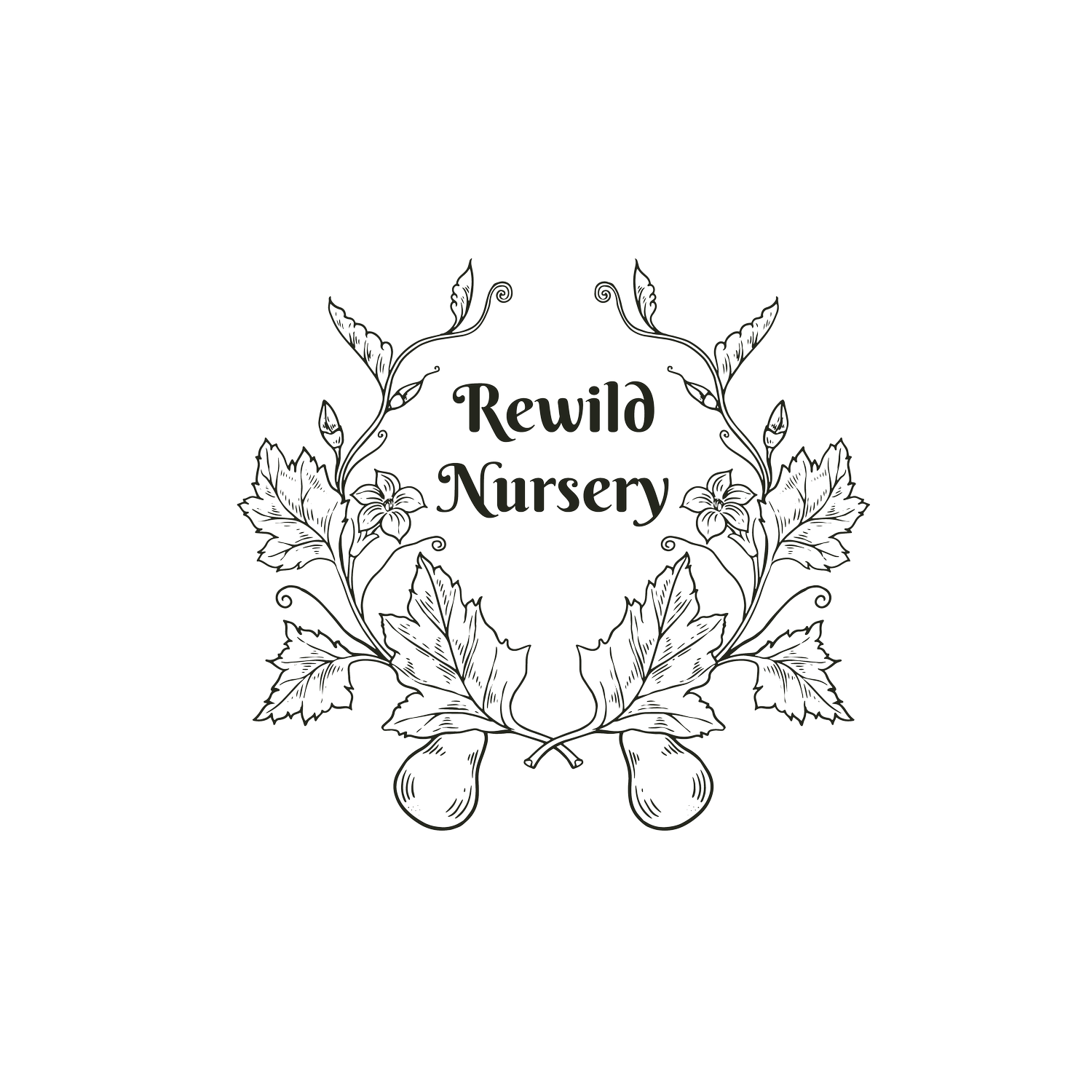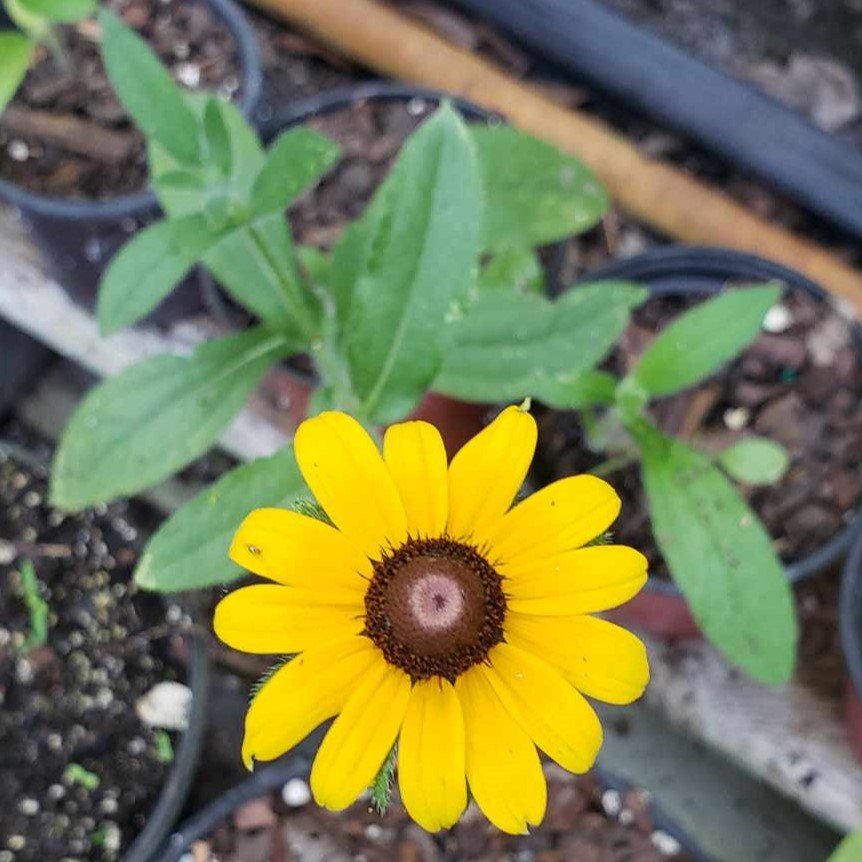 Image 1 of 6
Image 1 of 6

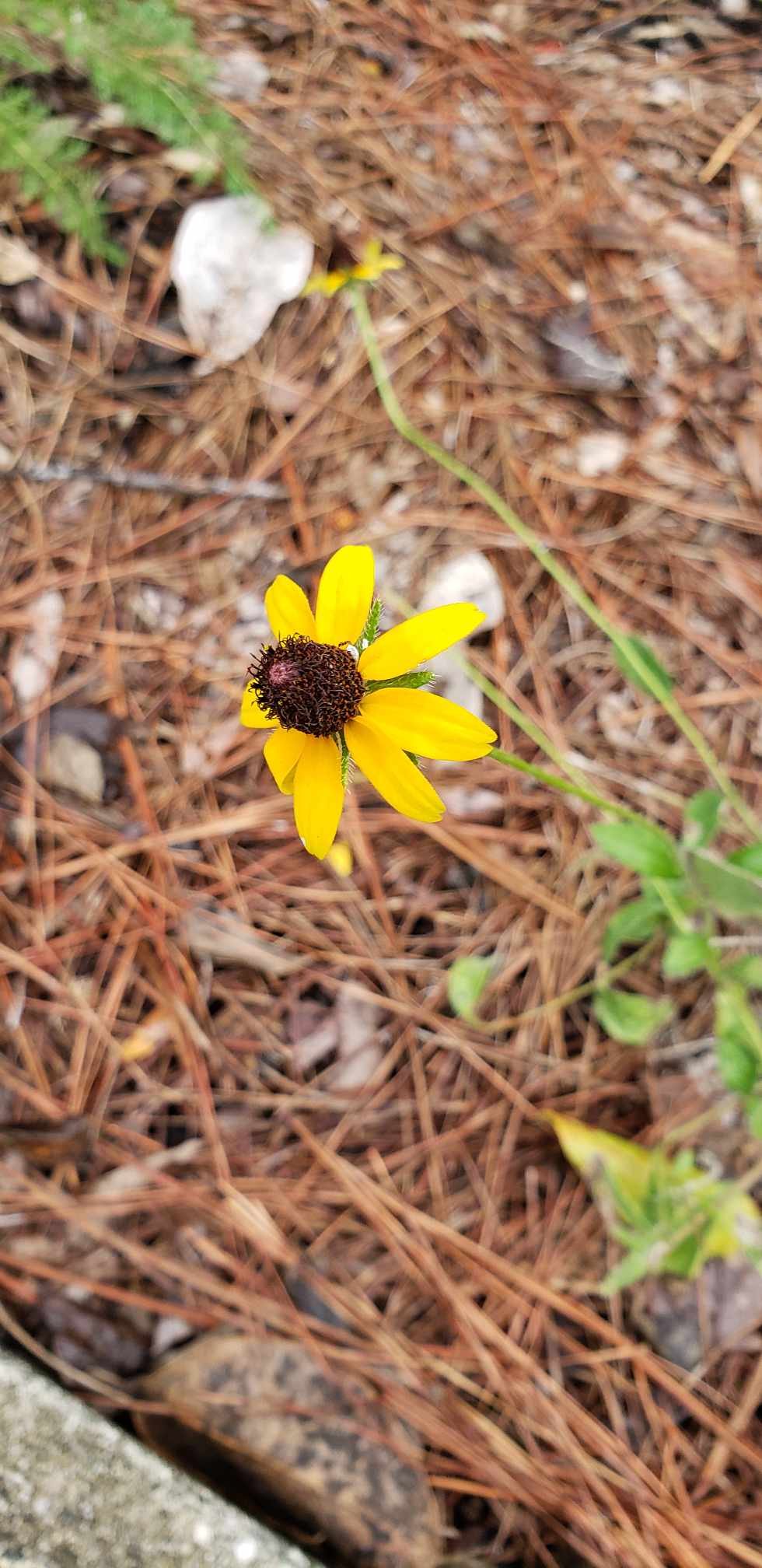 Image 2 of 6
Image 2 of 6

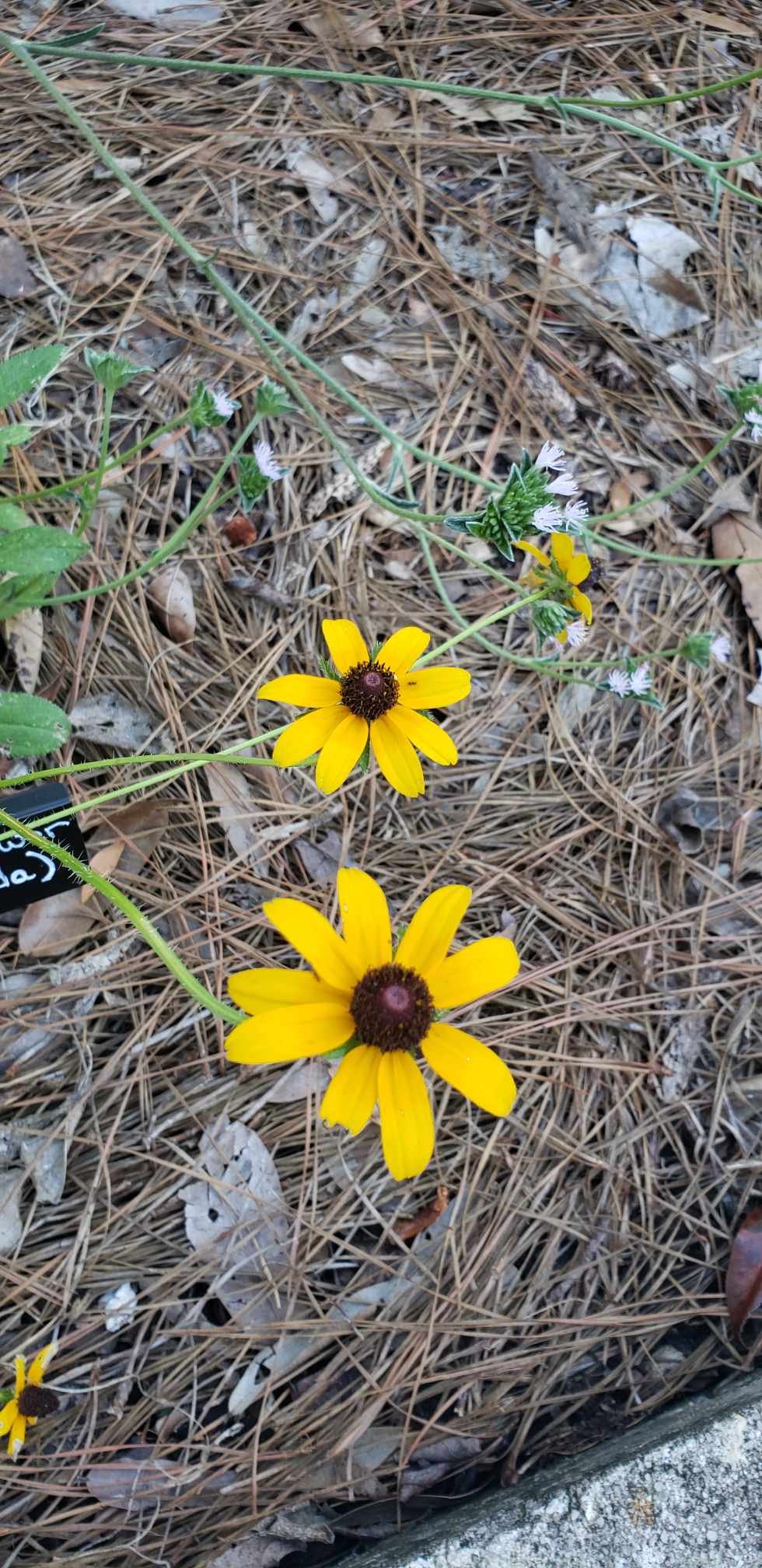 Image 3 of 6
Image 3 of 6

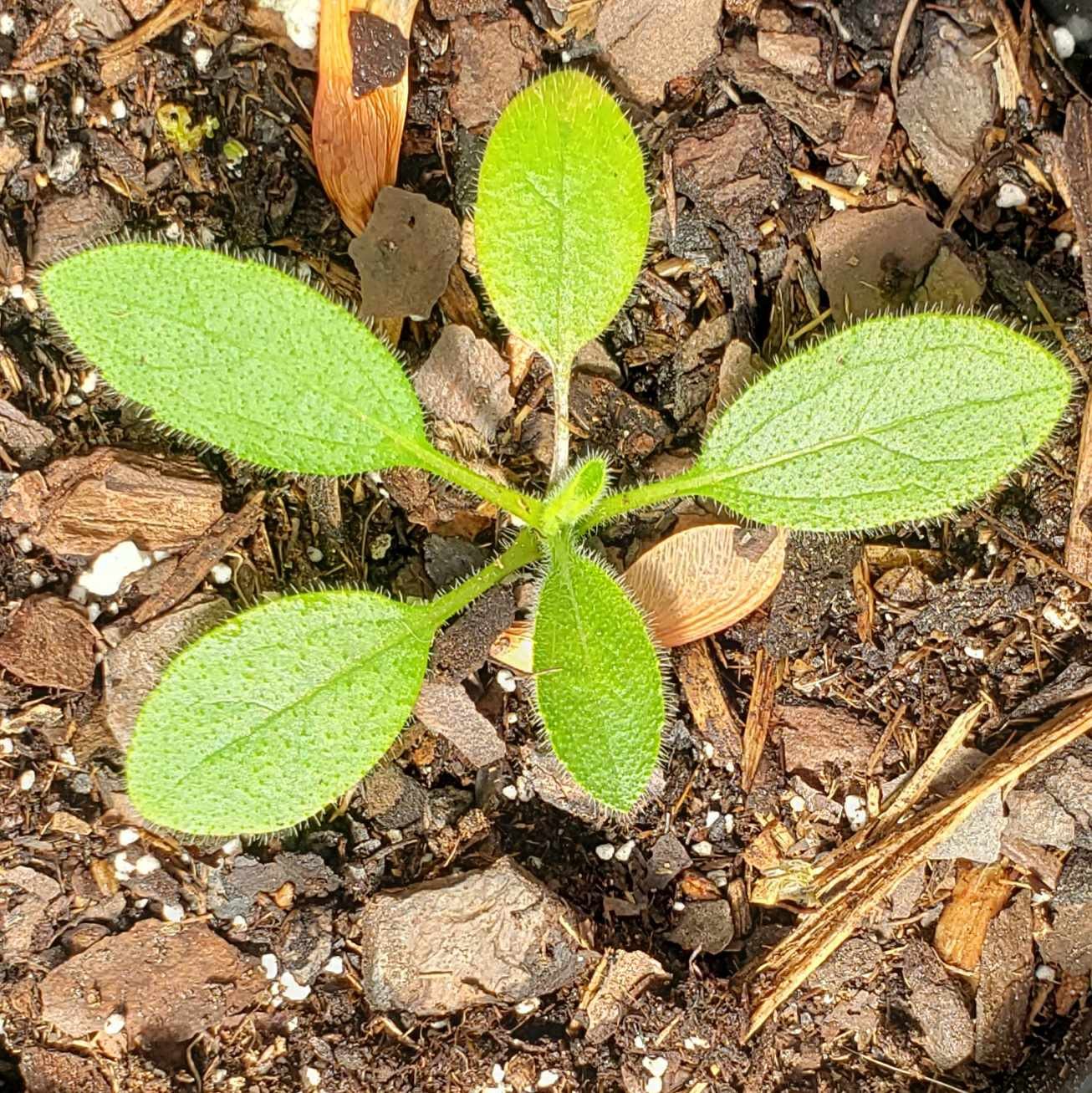 Image 4 of 6
Image 4 of 6

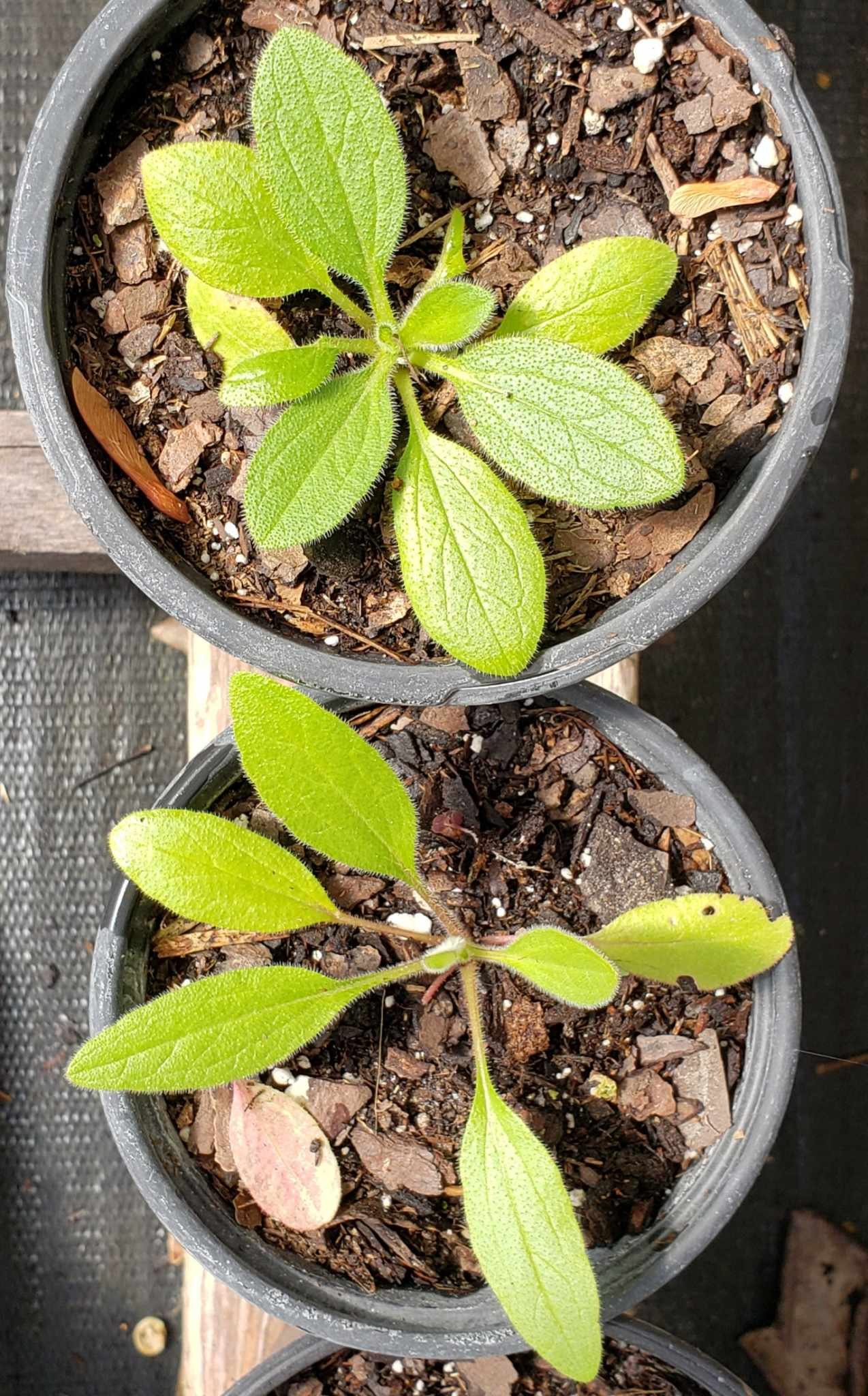 Image 5 of 6
Image 5 of 6

 Image 6 of 6
Image 6 of 6







Perennial Coneflower
Scientific name: Rudbeckia fulgida
Also known as orange coneflower, this species is in the black-eyed susan genus, and is native to the Eastern Panhandle and Big Bend region down to Dixie County. It is not native to Alachua County but can grow well here. The petal color is more of a yellow than an orange though. It likes full to partial sun and soil that is moist to soil that experiences short very dry periods. It is a food source for birds, bees, and butterflies.
Like other Rudbeckias, it is a larval host for the silvery checkerspot (which might not come this far south).
Size: one-gallon pots
Scientific name: Rudbeckia fulgida
Also known as orange coneflower, this species is in the black-eyed susan genus, and is native to the Eastern Panhandle and Big Bend region down to Dixie County. It is not native to Alachua County but can grow well here. The petal color is more of a yellow than an orange though. It likes full to partial sun and soil that is moist to soil that experiences short very dry periods. It is a food source for birds, bees, and butterflies.
Like other Rudbeckias, it is a larval host for the silvery checkerspot (which might not come this far south).
Size: one-gallon pots
Scientific name: Rudbeckia fulgida
Also known as orange coneflower, this species is in the black-eyed susan genus, and is native to the Eastern Panhandle and Big Bend region down to Dixie County. It is not native to Alachua County but can grow well here. The petal color is more of a yellow than an orange though. It likes full to partial sun and soil that is moist to soil that experiences short very dry periods. It is a food source for birds, bees, and butterflies.
Like other Rudbeckias, it is a larval host for the silvery checkerspot (which might not come this far south).
Size: one-gallon pots
